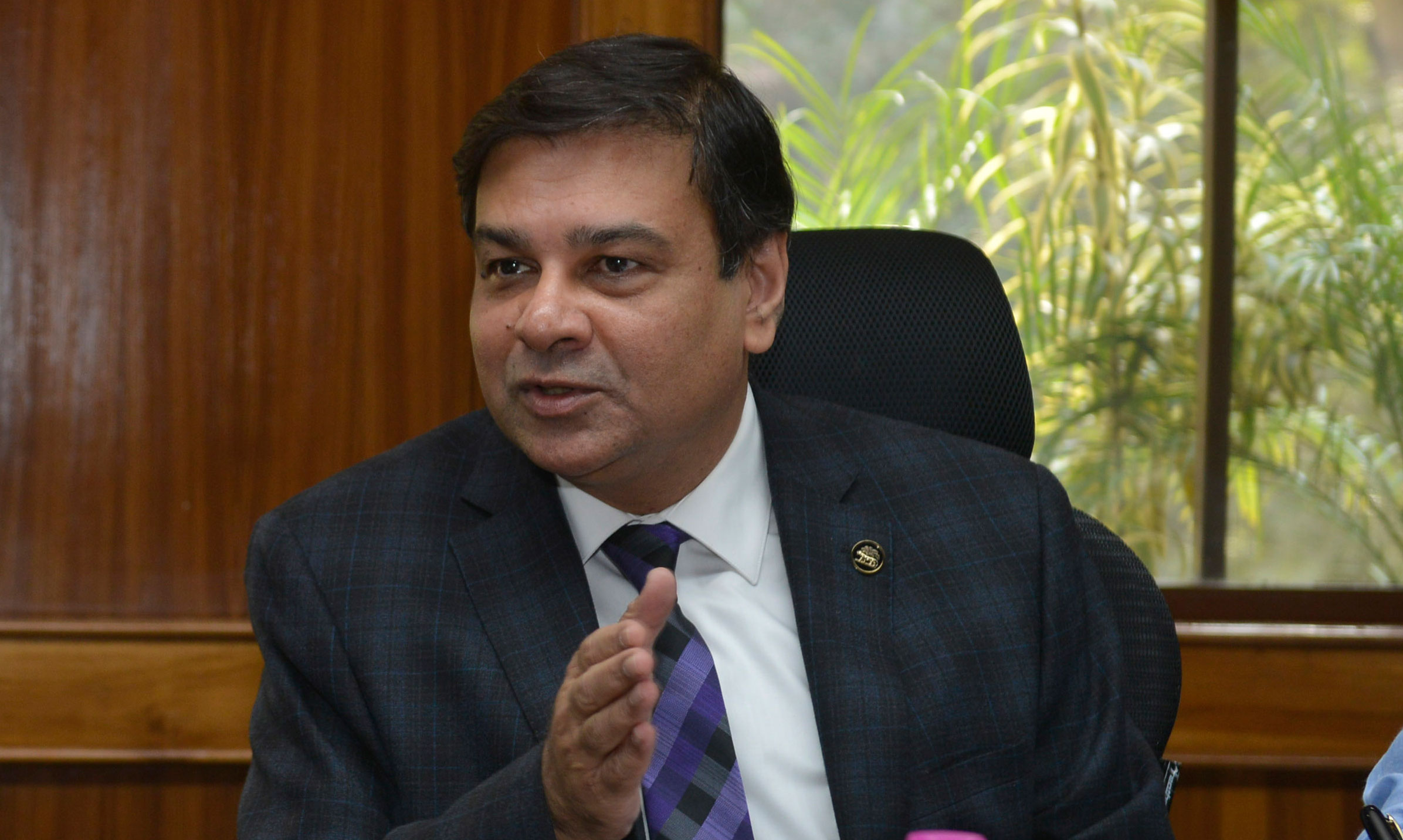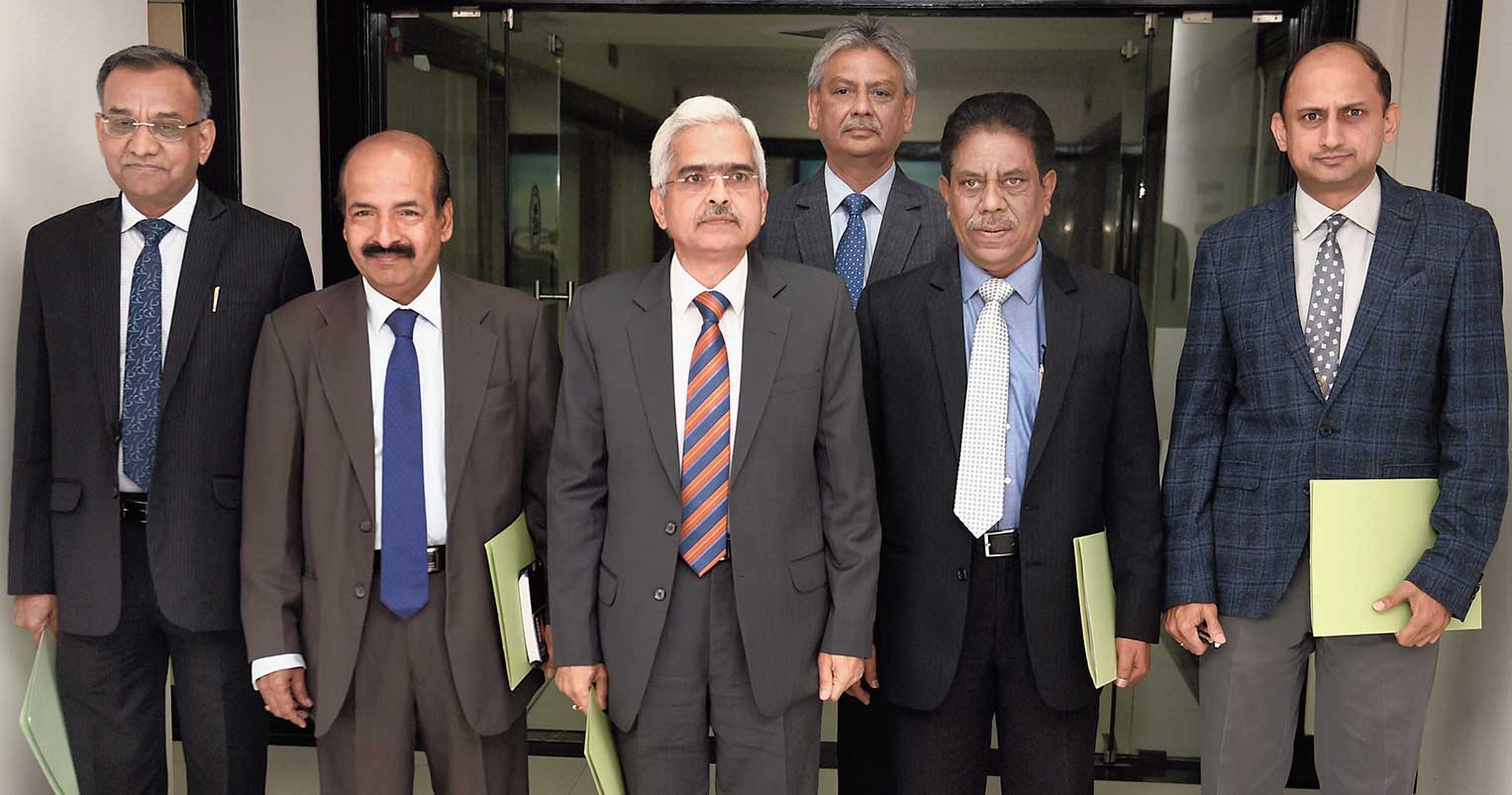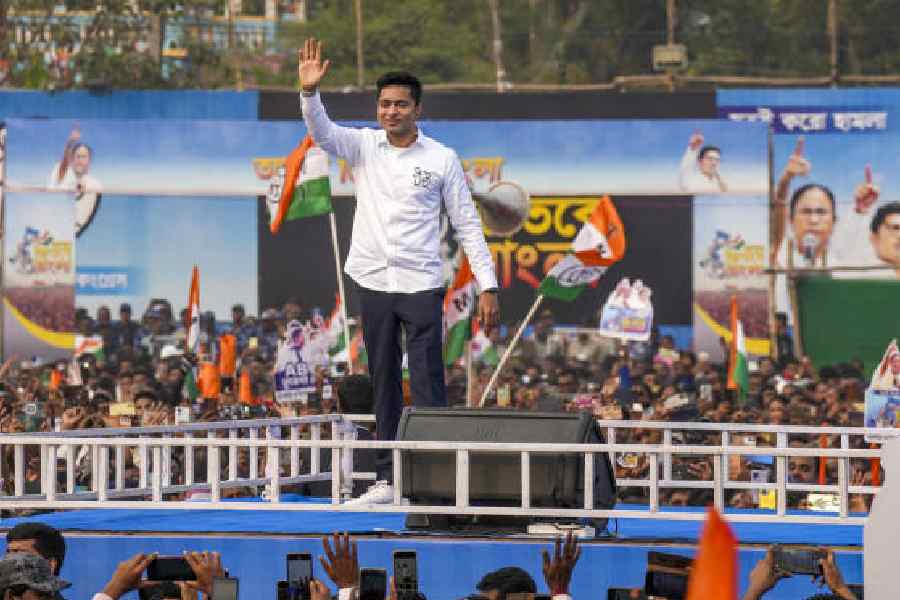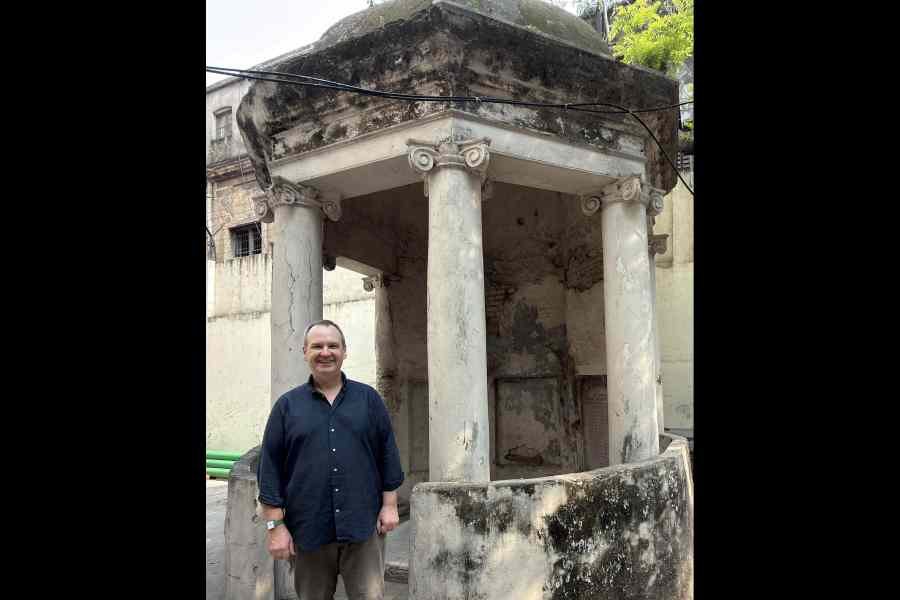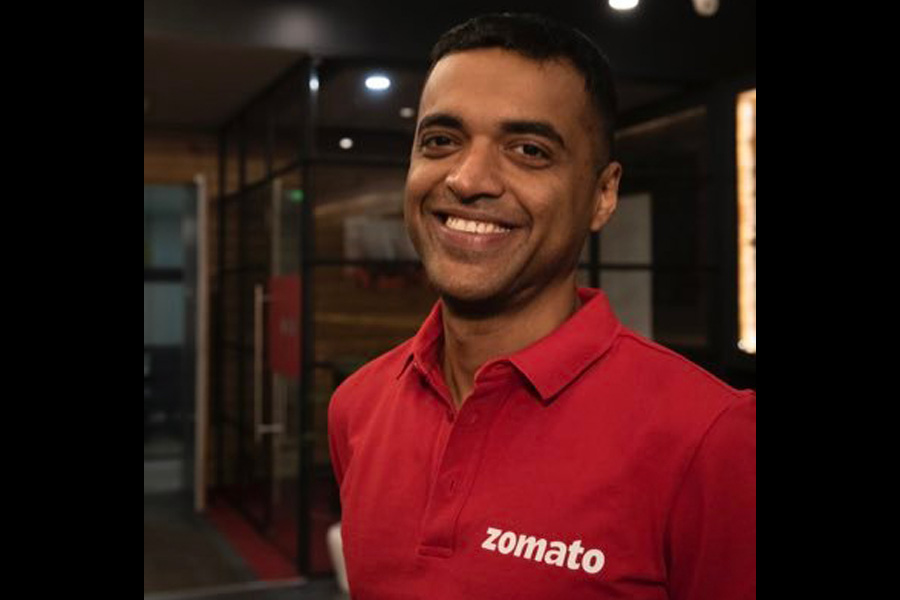The Reserve Bank of India has opted to cut the policy interest rate by a quarter of a percentage point to 6.25 per cent — the first such reduction in 18 months. The decision has put the focus back on the central bank’s so-called dual mandate under which it is obligated to balance the compulsions of managing inflation with the imperatives of spurring economic growth. The growth versus inflation debate has been particularly intense over the past year. The refusal of the former RBI governor, Urjit Patel, to cut the policy rate because of fears of upside risks to lowball inflation rates had foreshadowed a grim battle with policy mavens in the finance ministry. But Mr Patel, the architect of the inflation-targeting mechanism that currently underpins the conduct of the monetary policy, saw his mandate through a narrow prism, and deemed it to be a singular objective to hold down inflation at 4 per cent in the medium term. Even when inflation dipped below that threshold, he would not budge, arguing that the threat of a trade war between the United States of America and China and volatility in crude oil prices presented unacceptably high risks to the trajectory of inflation. His successor, Shaktikanta Das, a former bureaucrat in the finance ministry, has been able to nudge the committee to see things a little differently. But the verdict was not unanimous: two of the six members voted against a rate cut.
The pundits were surprised by the central bank’s decision — and with good reason. Headline inflation, which encompasses the entire universe of products and services, is currently ruling at 2.19 per cent, well below the 4 per cent target. But core inflation, which strips out the effects of food and fuel prices, is riding high at 5.9 per cent. Should these two rates converge: and if so, when and where? That is the big question to which there are no easy answers. If the key components of core inflation — housing, healthcare, education and transportation — see dips, inflation will be tamed. But if they do not cool, the chances are that food prices, which have stayed low in the past year, could spike once again in summer.
But that still raises a contentious question: do rate cuts spur economic growth? The causal links between policy rate action and growth are tenuous at best. Fiscal stimulus, on the other hand, is more likely to ignite the economy. Growth statistics have become unreliable especially after the latest revision early this month which suggested that the growth rate in 2016-17 — the scorched year of demonetization — was 8.2 per cent, the highest level during the Narendra Modi tenure. It is interesting that the repo rate through the early part of that year hovered at 6.5 per cent and was cut to 6.25 per cent only in October. In 2019-20, the RBI has forecast a growth rate at a fairly modest 7.4 per cent even as market expectations for further rate cuts have already started to build up.

